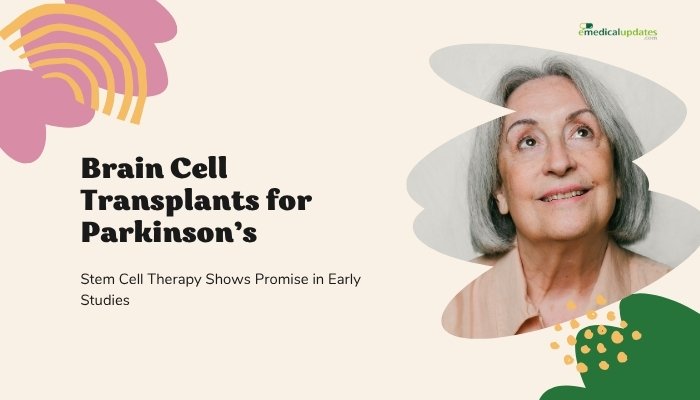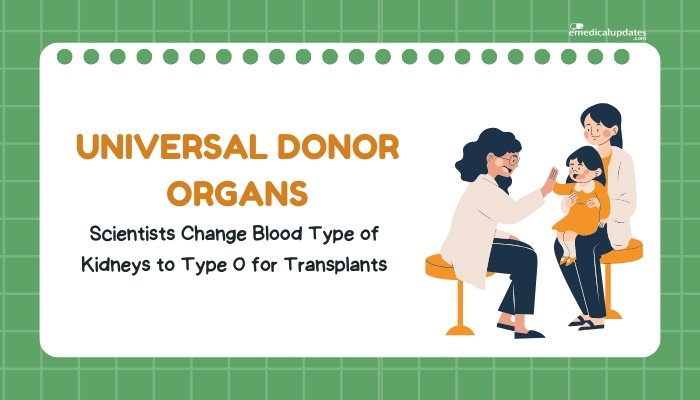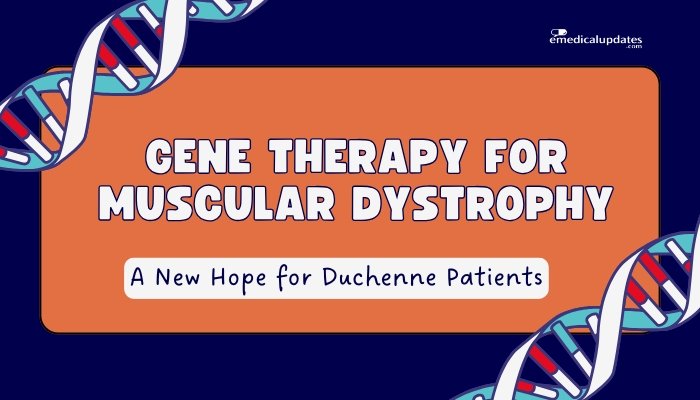Introduction
Parkinson’s disease (PD) involves the progressive loss of dopamine-producing (dopaminergic) neurons in the brain’s substantia nigra, leading to hallmark symptoms like tremors, rigidity, and impaired movement. Current medications temporarily relieve symptoms by replacing or enhancing dopamine, but they do not halt disease progression.
Enter stem cell transplants: by introducing new dopaminergic neurons, researchers hope to restore normal brain chemistry and slow or even reverse PD’s debilitating effects. Below, we explore the science behind cell therapy for Parkinson’s, early trial results, and what challenges remain before it might become a mainstream treatment.
Why Parkinson’s Needs a Novel Approach
Limitations of Current Therapies
- Dopamine Drugs (e.g., Levodopa): Temporarily improve motor symptoms but lose effectiveness over time and may cause side effects like dyskinesias.
- Deep Brain Stimulation (DBS): Alleviates movement difficulties but involves invasive surgery and doesn’t restore lost neurons.
Cell Replacement Strategy
Replacing lost dopaminergic cells at the disease’s core could provide long-term improvement without many of the side effects of symptomatic treatments. Renewed dopaminergic input might reestablish normal movement control, reducing reliance on daily medication.
How Stem Cell Therapy Works
Sources of Cells
Researchers typically use pluripotent stem cells (e.g., embryonic stem cells or induced pluripotent stem cells, iPSCs) that can differentiate into dopaminergic neurons:
- Deriving Stem Cells: iPSCs can come from a patient’s own skin or blood cells, reprogrammed to an embryonic-like state.
- Guided Differentiation: Lab protocols direct these stem cells to mature into dopaminergic neuron precursors.
Transplant Procedure
The newly formed dopaminergic cells are transplanted into the patient’s striatum—a region of the brain that receives dopamine signals for motor control:
- Minimally Invasive Surgery: Surgeons use imaging guidance to inject cells precisely into targeted regions.
- Immunosuppression or Genetic Matching: If using embryonic or donor iPSCs, patients might need immune suppression to prevent rejection. Autologous iPSCs could reduce this risk.
Early Study Results
Animal Models
In rodent or primate studies, transplanted dopaminergic neurons often integrate into the host brain and produce dopamine. Experimental models show restored motor function or partial symptom alleviation, fueling optimism for human trials.
Human Clinical Trials
Several clinical trials in early-phase or pilot stages have tested or are testing neural precursor cells in people with advanced Parkinson’s. Preliminary findings suggest:
- Improved Motor Scores: Some participants see reduced tremor and better movement fluidity over months.
- Safety Profile: Short-term data indicates few severe adverse effects, though immunological responses or uncontrollable growth remain concerns for close monitoring.
Potential Benefits
- Longer-Lasting Relief: If transplanted neurons survive, they could continuously produce dopamine, providing more stable motor control.
- Reduced Medication: Patients may lower levodopa doses, alleviating side effects like dyskinesias.
- Customized Therapies: iPSC-based transplants from the patient’s own cells might minimize immune rejection and tailor therapy to individual disease characteristics.
Challenges and Considerations
Graft Survival and Integration
Successfully transplanted neurons must:
- Establish Connections: Synapse with existing circuitry to genuinely restore function.
- Avoid Overgrowth: Prevent tumor formation or nonfunctional cell masses.
Timing and Disease Stage
Transplants may be more effective if done earlier in disease progression, before extensive neurodegeneration. Late-stage PD might hamper the brain’s ability to incorporate new cells.
Complexity of PD
Parkinson’s involves many pathways beyond dopaminergic loss. Restoring dopamine is crucial, but non-motor symptoms or other degenerative processes (like Lewy bodies) may require complementary interventions.
Future Directions
Larger Trials and Refined Techniques
Ongoing Phase II/III trials with bigger cohorts will measure:
- Motor Outcomes: Using validated PD scales.
- Long-Term Graft Viability: Evaluating functional integration over years.
- Comparison to Other PD Interventions: E.g., with deep brain stimulation or advanced medication regimens.
Combined Therapies
Cell transplants may pair with gene therapies or small molecules that promote neuronal survival, forging a multi-pronged approach to controlling or reversing pathology.
Regulatory Path
As evidence of safety and efficacy solidifies, agencies like the FDA will consider approving stem cell therapy as a standard care option, though cost, standardization, and manufacturing scale remain hurdles.
Frequently Asked Questions
- Is stem cell therapy a cure for Parkinson’s?
- While promising, it’s not a guaranteed cure. The hope is for long-term symptom relief and slowed progression. More data from large trials is needed.
- How long until these therapies are widely available?
- Possibly within a few years to a decade, depending on successful Phase III trial outcomes, regulatory reviews, and cost-effectiveness.
- Is it safe?
- Early trials suggest a generally acceptable safety profile, but concerns like immune rejection or tumor formation must be monitored closely.
- Are there ethical concerns?
- Embryonic stem cells or certain iPSC approaches can raise ethical debates around cell sources. Each therapy typically addresses these concerns in trial design.
- Could transplants help advanced PD patients?
- Possibly, but results might be limited due to widespread neurodegeneration. Trials target moderate disease or earlier stages for best potential outcomes.
Conclusion
Brain cell transplants—using stem cells to re-establish dopamine-producing neurons—offer one of the most direct attacks on the root cause of Parkinson’s disease. While we remain early in human trials, reported improvements in motor function and supportive data from animal models show that these therapies could deliver long-term relief beyond symptomatic management. As research clarifies safety and long-term viability, the once-futuristic vision of restoring neuronal populations lost to PD moves closer to reality, sparking new hope for millions of patients worldwide.
References
-
Isacson O, et al. (2022). “Dopaminergic neuron replacement in PD: from rodent to human.” Cell Stem Cell.
-
Barker RA, et al. (2020). “Cell-based therapies for Parkinson’s disease.” Lancet Neurol.
-
NIH. (2023). “Emerging stem cell approaches for neurodegenerative diseases.”







